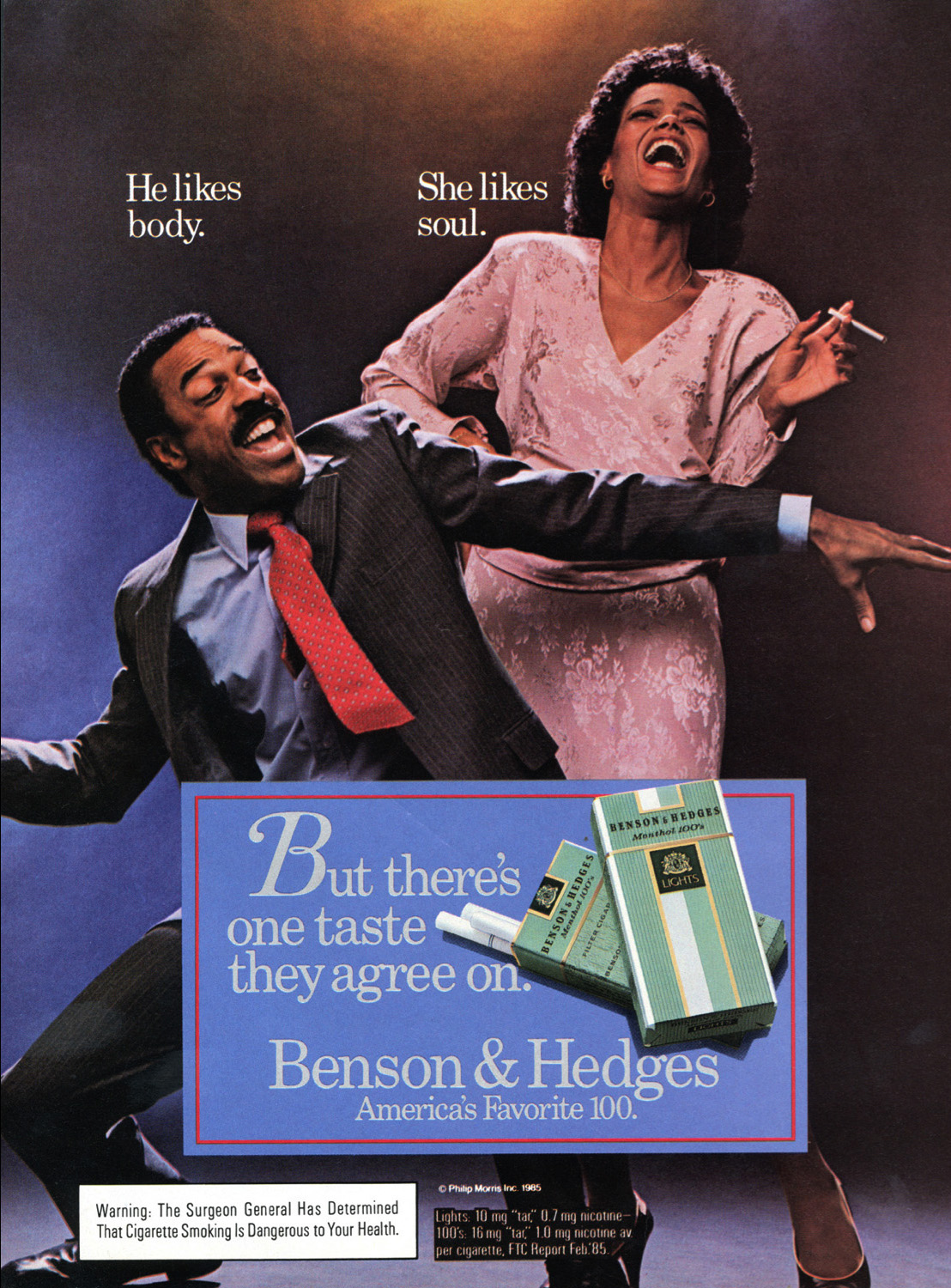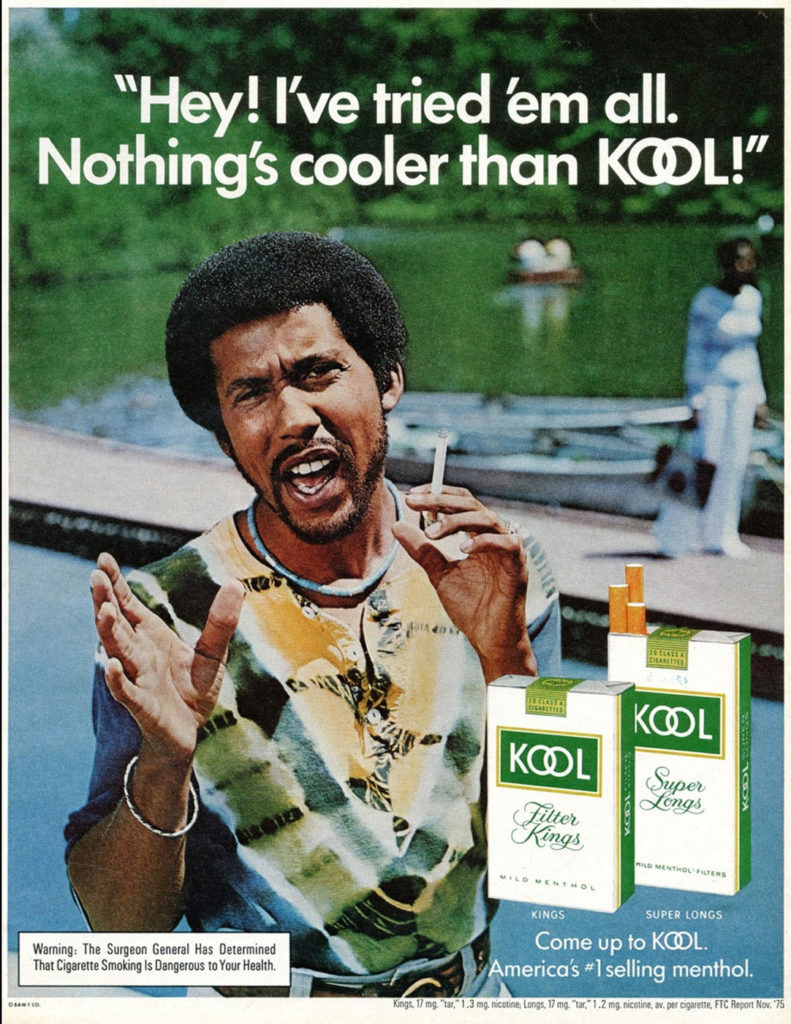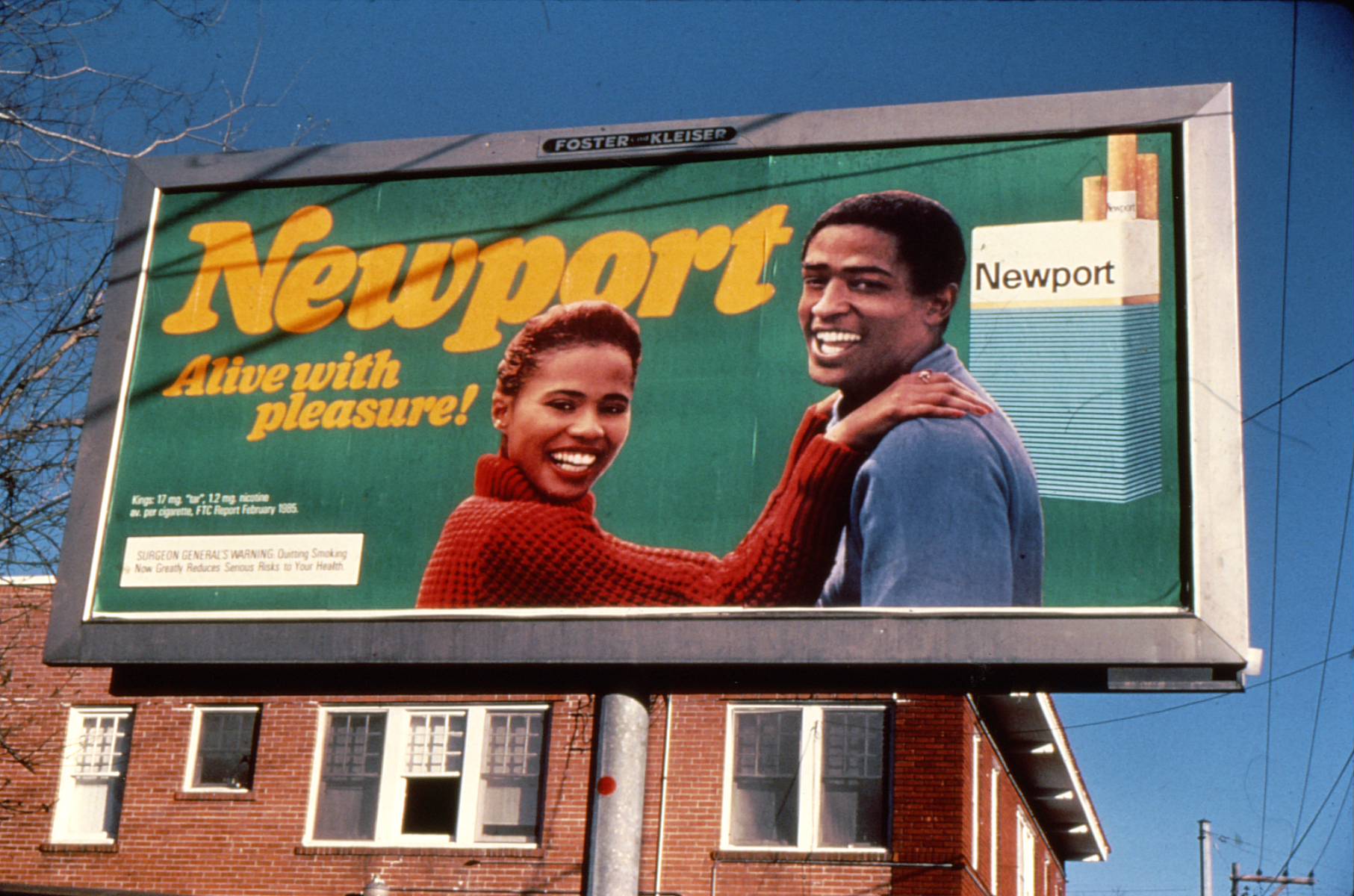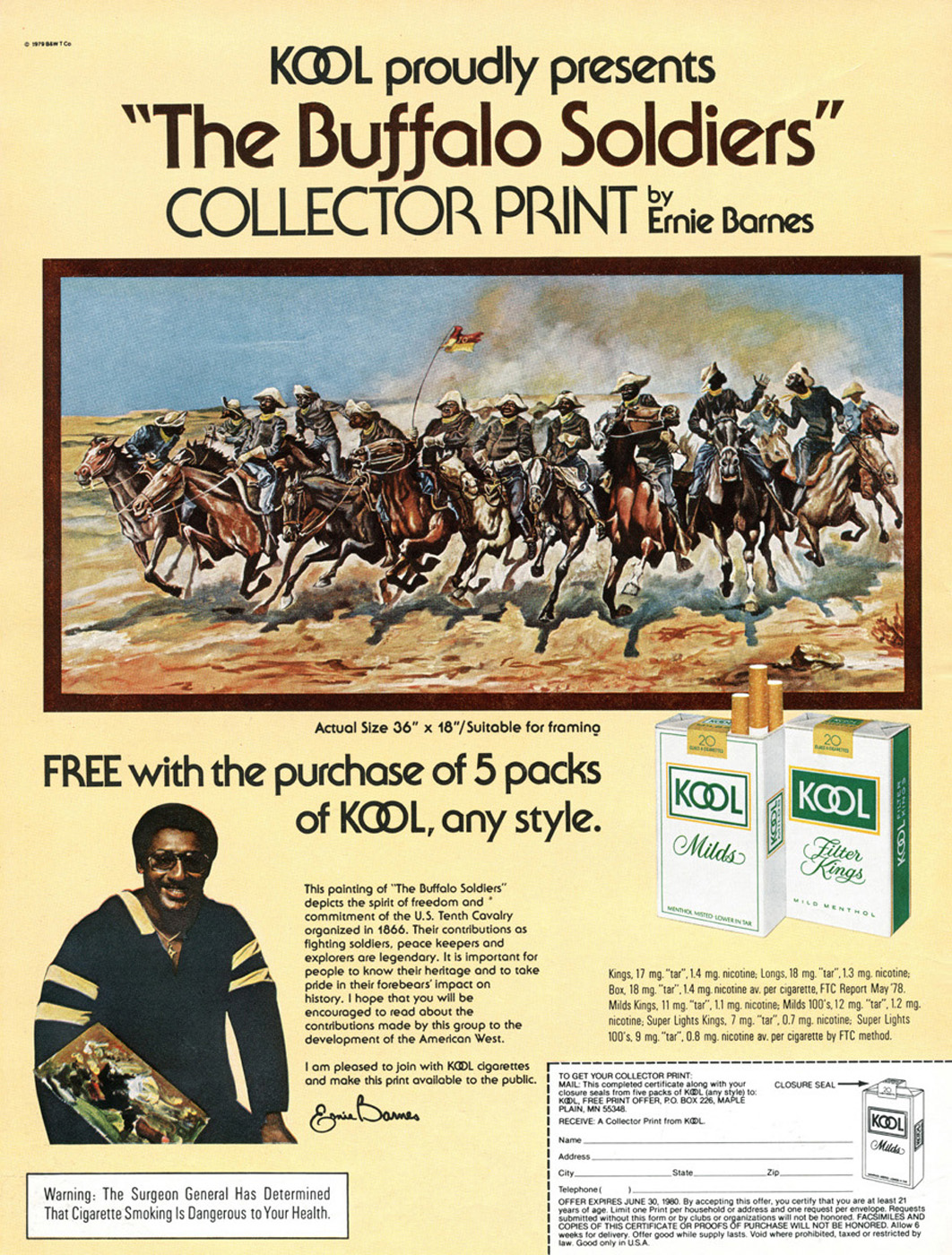Tobacco Marketing Makes Health Inequality Worse
Tobacco use is one of the biggest threats to health in the Black community, including here in Colorado. In fact, tobacco-related diseases like heart disease, cancer and stroke are some of the leading causes of death among African Americans,1 who have higher rates of death and illness from smoking-related diseases than many other racial and ethnic groups.2
This health disparity didn’t happen by accident. Tobacco companies have targeted the Black community for decades. That’s why groups like the NAACP, the Association of Black Cardiologists, and the National Black Nurses Association are supporting policies to reverse the influence of Big Tobacco on Black families and youth.







